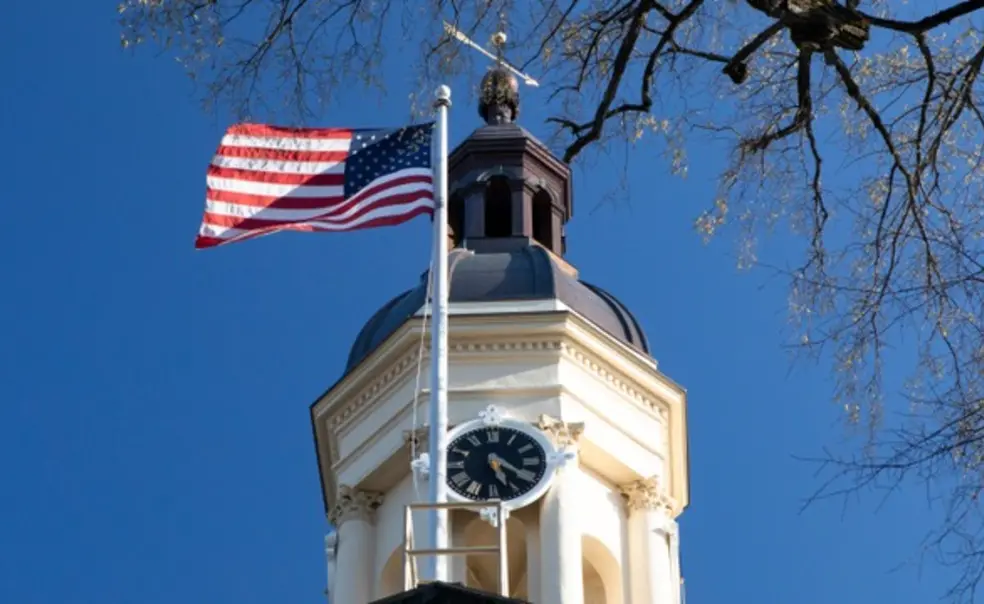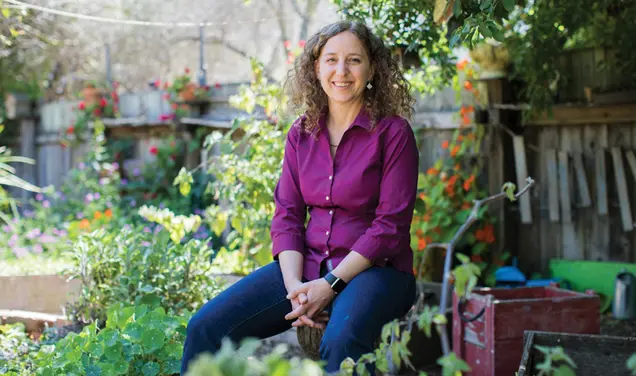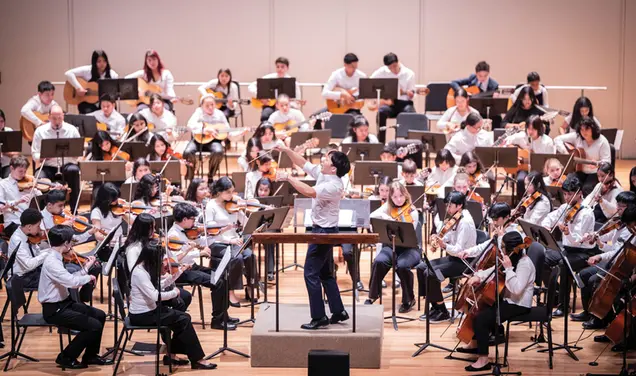Rally ’Round the Cannon: Alumni Become Agitators
(Regarding the dental plan at North Carolina State): We win or the alumni bash in our teeth.
— Jim Valvano
Kicking off another academic year on campus, we await the opening of a pile of new and repurposed facilities, more ionic frontiers in the wonderful worlds of quantum computing and AI, some more Ivy titles — last year’s 17 Princeton championships in 33 sports was a league record that, for many reasons, may well never be approached — but as we all know that’s the state of the Orange Bubble, decidedly not that of the banana republic within which it must operate for the time being.
So as we choose among many facets of the University’s history to examine for instruction this unsettled year, grimmer topics suggest themselves. We run across the 50th anniversary of Watergate; the centennials of the wildly racist Immigration Act of 1924, Prohibition, and the revival of the Ku Klux Klan (with some common roots, astoundingly); the 250th anniversary of the beginning of the Revolution that gutted the campus, which we examined last spring; and the bicentennial of the 1820s, easily the college’s most lackluster decade, which only avoids the term “moribund” via the progenitors of you, the modest, hardworking, overly generous, and loyal alum.
In this case, your key progenitor being the ex-president of the United States.
In the current day, as the administration requests that alums explicitly Stand Up for Princeton, which tens of thousands already do implicitly each year through the Schools Committee, Reunions volunteering, Annual Giving labor and dough, masochistic effort on behalf of their classmates, et al., we may take the power balance of the University’s constituent groups for granted, or even assume they have always been so. The 1820s is the perfect indicator to the contrary, and a lesson that has consciously informed the structure and function (if any) of the institution through huge changes after the Civil War, after World War II, and even with some tweaks today.
We start with the 19th-century Board of Trustees, whose reflexive waving of their Revolutionary credentials, fixation on leadership in the Presbyterian church, and growing antipathy to the vivacity of their young charges set in motion the Riot of 1807 and, even far worse than destroying that senior class, the firing of President Samuel Stanhope Smith 1769 in 1812, and the groundbreaking science teacher John Maclean Sr. as well. So we somberly meet two other power centers of the college: the presidency, now embodied in Ashbel Green 1783, who as a board member had been a major part of the problem in the first case; and the faculty, which by 1820 was led by Vice President Rev. Dr. Philip Lindsley 1804 and the impossibly young John Maclean Jr. 1816. While good teachers still seemed attracted to the college since the restoration of Nassau Hall from the 1802 fire, the choice of Green created a huge headwind impeding the college’s future. He, and some who abetted him on the trustees, still felt the irreligious nature of the students was not in keeping with the college mission, namely to be holier-than-thou prigs as they were. So they supported the founding of the next-door Princeton Seminary to exclusively teach ministers, and, while staying on the college board, spending much of their spare time raising funds and recruiting for the seminary.
As the college students grew tired of this and the carriages of their parents from the South began to drive past the front campus and continue on to New Haven and Cambridge, attendance plateaued and began to shrink. The count was 383 in 1818; the attendance suffered from a repeat riot pitting the students vs. Green in 1817, plus the neglect of the trustees, and by 1822 it was 266, a 30% decline. The word of mouth on Green had become untenable, and for the second time in 10 years the trustees eased the president out (he went straight to the seminary), for the second time with no real idea what to do for a replacement. A huge favorite with the students and widely admired by other educators, Vice President Lindsley was the blatant choice, but some of the trustees felt he had personally insulted them in a speech extoling the type of broad education at Princeton as opposed to privately educated theologians, as they were. So they offered the position sight unseen to Rev. Dr. John Rice of Richmond, not even an alumnus, who responded that he was unfit by disposition and experience to run a college, and wanted to stay in the South. Splat. As a sort of truthiness test, let’s just say he later founded Union Theological Seminary. So the board retreated to ask Lindsley, who thus faced working with the folks who had dissed him. He waffled and finally turned it down, and they came up with Rev. James Carnahan 1800, who ran a small classical school in Georgetown. He took the Princeton job with justifiable trepidation and kept it, quietly and with little fanfare, for 31 years while the trustees lollygagged. Lindsley left the following year, turned down a handful of presidential offers, and took over the University of Nashville, which in 26 years he turned into a brilliant and nation-leading academic program.
By 1826, with Carnahan in place for two years and clearly going nowhere on many levels, attendance was down to 150, a 60% collapse in eight years. The resulting financial decline had led to reduction in salaries and not replacing Lindsley as vice president, meaning Carnahan was essentially flying solo. He seemed unconcerned. For this, America’s 50th birthday and the college’s 80th, it was the precipice of a complete disaster.
With the trustees huffing and puffing and completely discredited by the disastrous presidential search — and still wishing the vanishing student body was somehow far more religious — and the resulting cipher of a president, with the faculty overturned and underpaid, with the students utterly unimpressed by their leadership, it was clearly time to widen the playing field and bring in some reserve troops with clout and focus.
The national student body of the college had resulted in some peculiar traditions and activities, but premiere among them was Commencement, which at that point was being held in late September. Despite distances, the occasion always seemed to bring back a pile of alumni to renew acquaintances and cheer on the brave speeches by the graduating class (always inevitably including offspring). You would have to be an idiot not to focus on Commencement to rouse the graduates to action, and an idiot John Maclean Jr. was not. Much too young (26) to mount an attack directly on Carnahan or the trustees, he instead set up a meeting of the alumni, chaired by Connecticut Sen. Henry W. Edwards 1797, to form The Alumni Association of Nassau Hall. Its purpose was to “promote the interests of the college and the friendly intercourse of its graduates.” Its brief constitution didn’t mention a word about the president or the trustees. But in addition to seven vice presidents of its own, the association had a treasurer. The veeps included such as ex-Sen. Richard Stockton 1779, current master of Morven; Sen. Edwards; and (curiously?) ex-president Ashbel Green, who did have adherents among alumni despite his ouster by the trustees. So who then was its president? Maclean, leaving nothing to chance, had lined up ex-President James Madison 1771. The humble secretary’s position went to … Maclean, who was charged with writing a circular to inform the alumni body about the new group. They began to plan their strategy to generate various methods of support.
Finances were so dire by 1829 that two senior faculty members resigned; while Carnahan sat watching, Maclean found two excellent replacements and set up a new teaching load that brought them all (almost) within the trustees’ budget. The trustees read the tea leaves and promoted Maclean to the vacant vice president’s position, whence he continued to essentially run the entire college under Carnahan for another 25 years, while seemingly maintaining a warm relationship.
The alumni raised their first $20,000, endowing a partial professorship, in 1830. By 1833 the association voted to raise $100,000, much motivated by Maclean’s newly hired professor Joseph Henry, who needed lab equipment. The entire amount wasn’t achieved, but thanks to Maclean (in his role as the secretary of the association) the optimistic news traveled anyway. The college had new credibility, and in the four years following Henry’s arrival the student body increased 80%. As the purchases continued, in a decade Princeton had the preeminent science faculty in the country. When Carnahan finally eased into retirement in 1854 after the longest presidential term in Princeton history, the trustees finally figured out a way to not screw things up: They named Maclean president. Deep in my subconscious is an alternate reality in which he listens patiently with a tiny smile, then tells them to go stuff it, as Lindsley did 30 years before. He didn’t, of course. This puts him squarely in the running for most loyal alumnus of all time, possibly meeting up with Fred Fox ’39 in the finals.











No responses yet